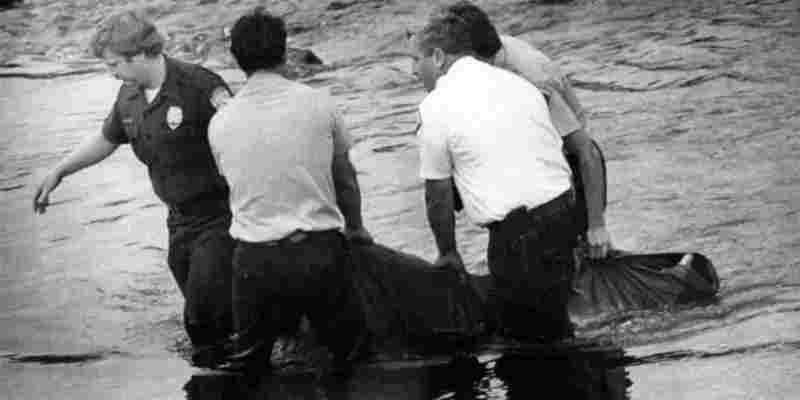Kamloops, British Columbia - Coroners Service hopes new map will bring fresh tips on 200 unsolved cases
The B.C. Coroners Service launched a new interactive map marking locations where unidentified remains have been discovered with the hope of generating tips that could help determine who they belong to and how they died.
The remains of close to 200 people have been found across B.C. over the past 60 years, but have never been identified. They include:
. A man in a park wearing a luxury Swiss watch with grass cuttings on his clothes, found in the spring of 1971.
. A man wearing a years-old concert T-shirt from a Romantics tour, found in the winter of 1994.
. Twin girls, less than a year old, found along the lakeshore at a provincial park in the fall of 1994.
"If we can embrace technology and make things better for a family that's got no answers on something, all the better," said Andy Watson, spokesperson for the coroners service, which investigates unnatural, sudden and unexpected, unexplained or unattended deaths in the province. "That's a big piece of what we're able to do."

According to CBC, it took years to build the map and months to test for glitches. Blue points - the vast majority - are for men, while red are for women and green denotes undetermined gender.
The locations range from Haida Gwaii east to Kimberley, and south from the Juan de Fuca Strait north to the backwoods off Highway 16 - also known as the Highway of Tears.
Included in each marker on the map is as much detail about the person as possible: race, approximate age, hair colour, surgeries they may have had, number of fillings in their teeth and clothes they were wearing when they were found, right down to the brand name. Anything, Watson said, that could jog a memory.
Human remains can be anything from a single, delicate bone fragment to a fully intact body. Many of the cases on the map are decades old, back when there were fewer options for post-mortem testing that could identify someone - though Watson said there are scores of reasons remains can go unidentified for a long time.
Most of the remains belong to men, and many are clustered in the province's highly populated Lower Mainland. Many also line the province's arterial highways as well as the shoreline, where tides have washed them up.








